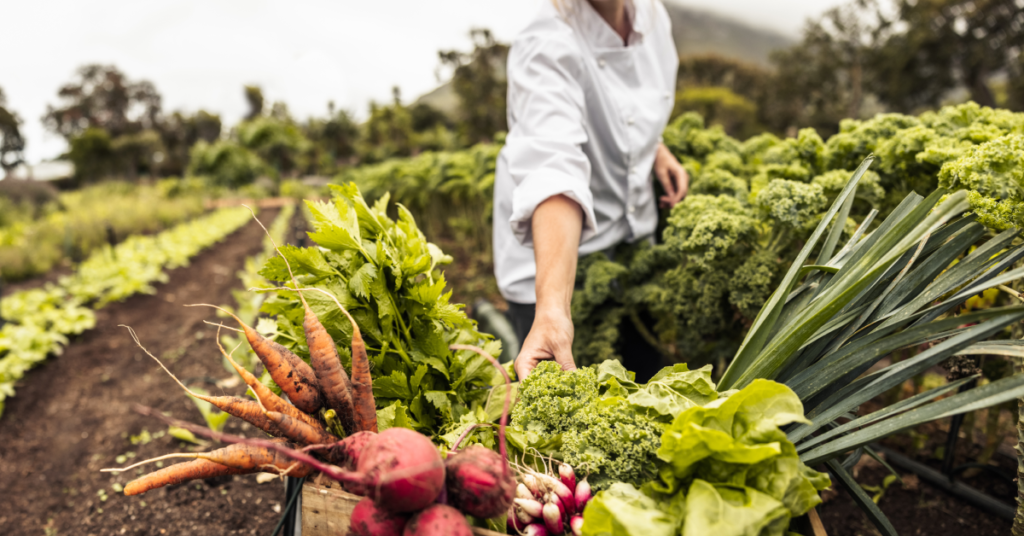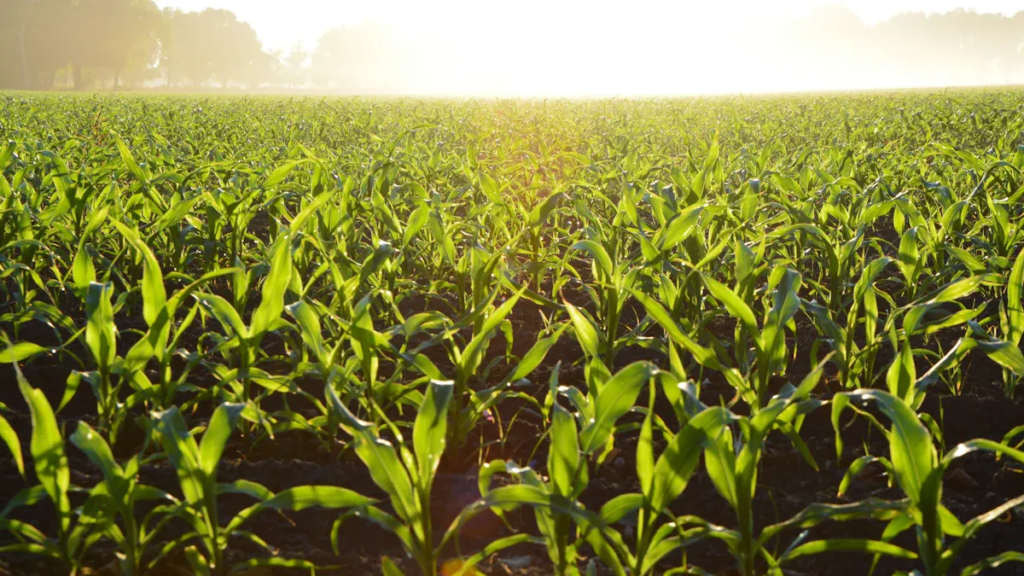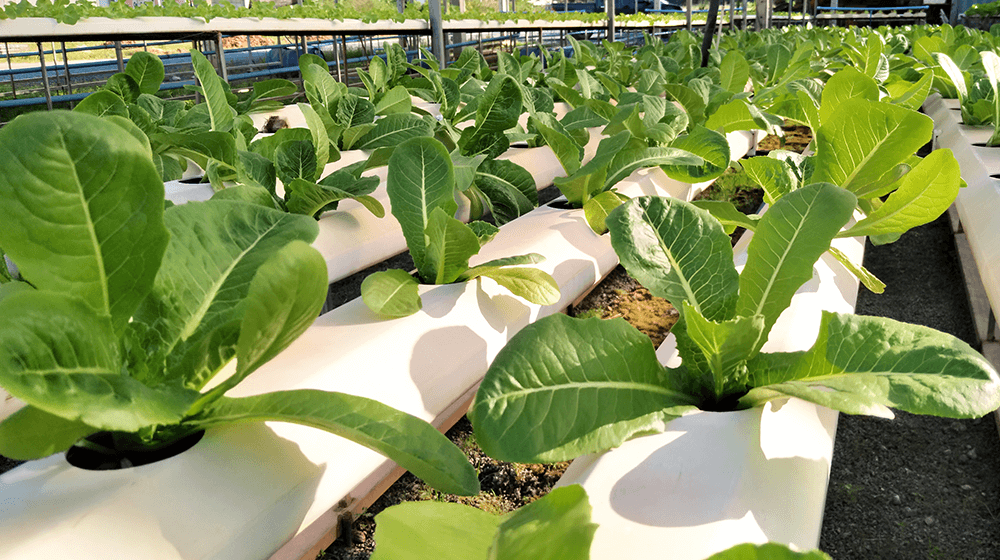As the agricultural landscape continues to evolve, small farmers across the United States are looking for new ways to stay profitable, sustainable, and competitive. With climate change, rising input costs, and shifting market demands, it’s more important than ever for small-scale growers to choose the right crops.
In 2025, a mix of traditional cash crops and newer niche varieties are showing strong profit potential. This article explores the top profitable crops for small farmers in the USA this year, backed by trends in market demand, climate adaptability, and return on investment.
Why Crop Selection Matters More Than Ever

Small farms make up nearly 90% of farms in the US, but many operate on tight margins. Unlike large industrial farms, small growers must be strategic about what they plant to make every acre count. Choosing crops that sell for higher prices, grow well in small plots, or require less expensive inputs can make a significant difference.
In 2025, consumer trends like organic eating, plant-based diets, and locally sourced food are shaping what sells at farmers markets, grocery stores, and online.
1. Microgreens – Fast-Growing, High-Value Crops
Microgreens like arugula, radish, broccoli, and sunflower are in high demand in urban markets and restaurants. They are harvested just 7–14 days after planting, allowing for quick turnover and high profits.
- Profit Potential: Up to $25–$30 per pound
- Growing Area Needed: Small indoor or outdoor plots
- Ideal For: Urban farmers, hydroponic setups, and small greenhouses
- Market Demand: Rising among health-conscious consumers and chefs
Because they grow quickly and require minimal space, microgreens are a top choice for small farms with limited acreage.
2. Garlic – Low Maintenance, High Demand

Garlic, especially hardneck varieties, is a favorite among small farmers because it needs minimal care, stores well, and sells at premium prices, especially when grown organically.
- Profit Potential: $8–$12 per pound (more for organic)
- Planting Time: Fall; harvest in summer
- Ideal For: Small outdoor plots with moderate climate
- Shelf Life: Long; excellent for direct and wholesale markets
With American diets increasingly including garlic for both flavor and health, demand remains strong.
3. Mushrooms – Low Space, High Return
Mushrooms, such as oyster and shiitake, are seeing a boom in 2025 due to their nutritional benefits and use in vegan cooking.
- Profit Potential: $7–$12 per pound
- Growing Area Needed: Indoors, in temperature-controlled rooms
- Production Cycle: 4–6 weeks
- Ideal For: Farms with storage buildings or basements
Farmers can grow mushrooms in unused spaces, making them perfect for those looking to diversify income.
4. Heirloom Tomatoes – Premium Prices for Quality
Heirloom tomatoes are not only colorful and delicious, but they also fetch high prices in local markets due to their non-GMO, open-pollinated nature.
- Profit Potential: $4–$7 per pound
- Growing Season: Spring to late summer
- Ideal For: Warm regions with good sunlight
- Market Demand: High at farmers markets, CSA boxes, and restaurants
Consumers are willing to pay more for heirlooms, especially when grown without chemicals.
5. Specialty Herbs – High-Value, Low-Space Crops
Herbs like basil, cilantro, mint, oregano, and lavender are in steady demand for cooking, teas, and natural remedies.
- Profit Potential: $10–$20 per pound
- Growing Space: Small pots or raised beds
- Production Cycle: Quick; continuous harvest possible
- Best Use: Fresh sales, drying for added value, or oil extraction
These herbs also make excellent value-added products, such as essential oils or teas.
6. Hemp (CBD Varieties) – Regulated but Profitable

Although growing hemp for CBD requires following strict federal and state laws, the profit potential remains high if done correctly.
- Profit Potential: $2,000–$10,000 per acre
- Risk Level: Medium to high due to regulation and market shifts
- Market Use: Oils, balms, supplements, and more
Small farmers must ensure compliance but may find a strong niche in the growing health and wellness market.
7. Berries (Blueberries, Raspberries, Strawberries)
Small fruits like berries continue to generate reliable profits, particularly with organic or pick-your-own models.
- Profit Potential: $10,000–$20,000 per acre
- Market Use: Fresh, frozen, preserves
- Customer Appeal: High for direct sales and farm tourism
With proper care, berry bushes produce for years, offering long-term income for small farms.
8. Pumpkins and Gourds – Seasonal but Lucrative
Pumpkins are a fall favorite in the US, used for decoration, baking, and even pumpkin spice products.
- Profit Potential: $8,000+ per acre
- Growing Season: Spring planting; harvest in fall
- Best Use: Farm stands, festivals, local stores
Many small farmers earn significant income from pumpkin patches, especially those that host fall events.
The Role of Direct Marketing
To truly maximize profits, many small farmers are turning to direct-to-consumer sales. These include:
- Farmers markets
- Community Supported Agriculture (CSA)
- Online stores or social media selling
- Local restaurant partnerships
By cutting out the middleman, small farms can earn better margins and build customer loyalty.
Final Thoughts
In 2025, being a small farmer in the USA isn’t easy—but it is possible to thrive. The key lies in selecting high-value crops, staying on top of consumer trends, and using smart marketing strategies.
Whether it’s growing fast-turnover microgreens, planting garlic in fall, or investing in high-value berries, small-scale farmers have many opportunities to increase profitability without needing hundreds of acres.
As the demand for local, organic, and unique produce grows, those who adapt will lead the way in the new age of American farming.
Know More :- 9 Cybersecurity Trends Every US Business Must Know Now






